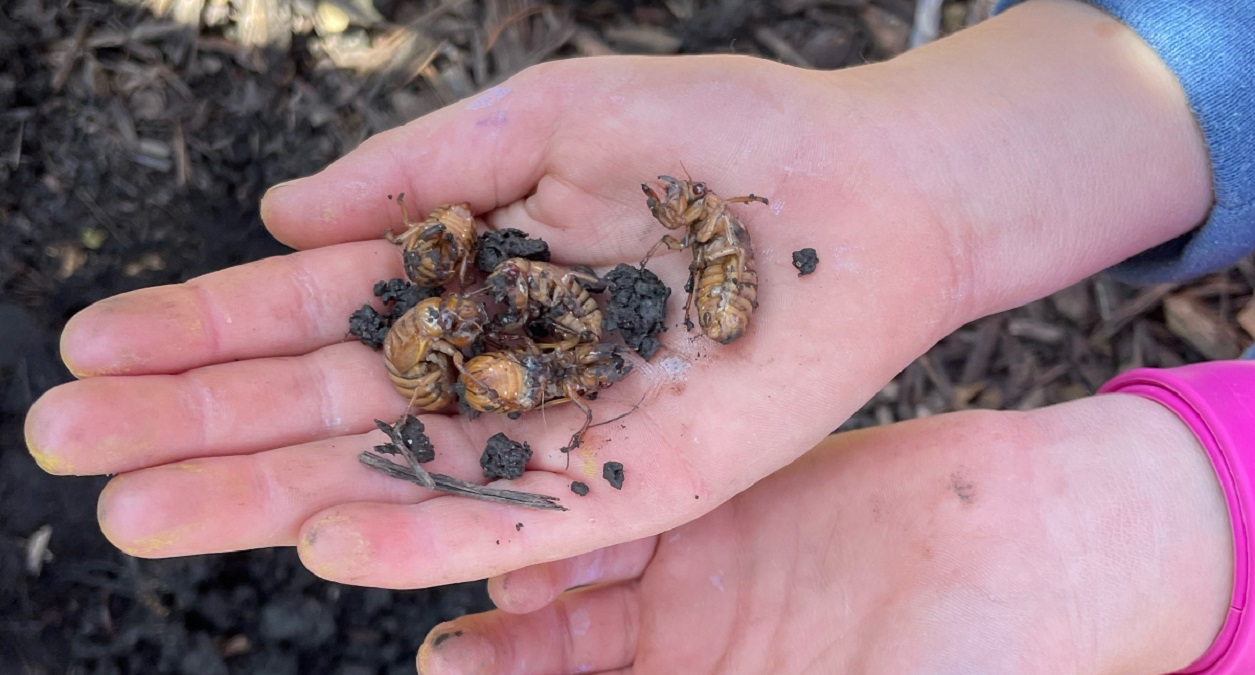A new COVID variant being tracked by the Centers for Disease Control and Prevention is expected to outcompete some of the more common omicron subvariants currently circulating, but will it overtake BA.5?
According health experts, much is still unclear about BA.4.6, a descendent of the BA.4 variant that first emerged in April and May. The new strain is now responsible for just over 5% of cases across the country, according to Centers for Disease Control and Prevention estimates, marking a slight increase from numbers reported one week earlier.
While the variant is expected to continue the trend of high transmissibility seen with other omicron subvariants, it's still unclear if it will eventually become the new dominant strain.
Still, experts say the BA.4.6 could likely soon make up the second-most cases in the U.S., topping BA.4.
Feeling out of the loop? We'll catch you up on the Chicago news you need to know. Sign up for the weekly Chicago Catch-Up newsletter here.
"It does look like it will outcompete BA.4. We don't know if it's going to outcompete to BA.5 or where it's going at this point," said Dr. Sharon Welbel, the director of Hospital Epidemiology and Infection Control for Cook County Health. "This particular mutation has been seen in other variants, including some sublineages of the BA.5 variant. So at this point, I think it's too early to know, but it does look like it will outcompete BA.4."
According to White House COVID-19 Data Director Dr. Cyrus Shahpar, the BA.4.6 subvariant has actually been circulating for several weeks. It wasn't until the start of August, however, that variant tracking data began listing cases of the variant separately.
While the Midwest is seeing case rates similar to the national average, with the subvariant representing nearly 4% of cases, some neighboring states are seeing rates significantly higher.
Local
For the grouping of Iowa, Missouri, Nebraska and Kansas, CDC data shows the variant making up more than 12% of cases as of Tuesday.
What could be concerning about the variant is a mutation that would allow it to evade immunity, much like other omicron subvariants, a Chicago-area health expert told NBC 5.
"So BA.4.6 is a descendant of omicron BA.4. It does have an additional mutation in the spike protein and as you probably know this spike protein is what helps the virus get into human cells. So it also has the advantage, because of this mutation in the spike protein, to have additional immune escape..." Welbel said. "These newer variants of concern, help the virus itself escape natural immunity, or immunity that we have from vaccines or both."
Aside from being even more contagious than previous variants, scientists have also been tracking a mutation in BA.4 and BA.5 subvariants that could help them evade some immunity and cause reinfections.
That same concern has surfaced with the spread of BA.4.6.
"It has a specific mutation in the spike protein, and some of the BA.5 lineages have also had that, so it's hard to know if having had BA.5 will protect us from BA.4.6. I think we have to assume that it will not," Welbel said. "But again... having had natural immunity to BA.5 will help protect us against getting seriously ill or dying from it."
There is good news as an omicron-specific booster nears release for the public this fall.
White House COVID coordinator Dr. Ashish Jha said on Wednesday that the newly updated COVID-19 boosters will be available to teens and adults "in a few short weeks." The new boosters target the omicron subvariants BA.4 and BA.5, as well as the original strain of the virus.
The Food and Drug Administration will determine how well the updated shots protect against the virus, Jha said, adding that he expects that they should "work much better at preventing infection transmission and serious illness" than the current boosters.
Whether or not it will protect against BA.4.6, however, leaves some room for uncertainty.
"We will just have to see," Welbel said. "As I said, it has been found in sublineages - the same mutation of BA.5. So the hope is that it will help with other variants, other omicron variants."
Much remains to be seen about the new variant, including whether or not it will lead to more severe infections, but Welbel noted that most omicron subvariants "have proven to be significantly more transmissible but significantly less fatal."



